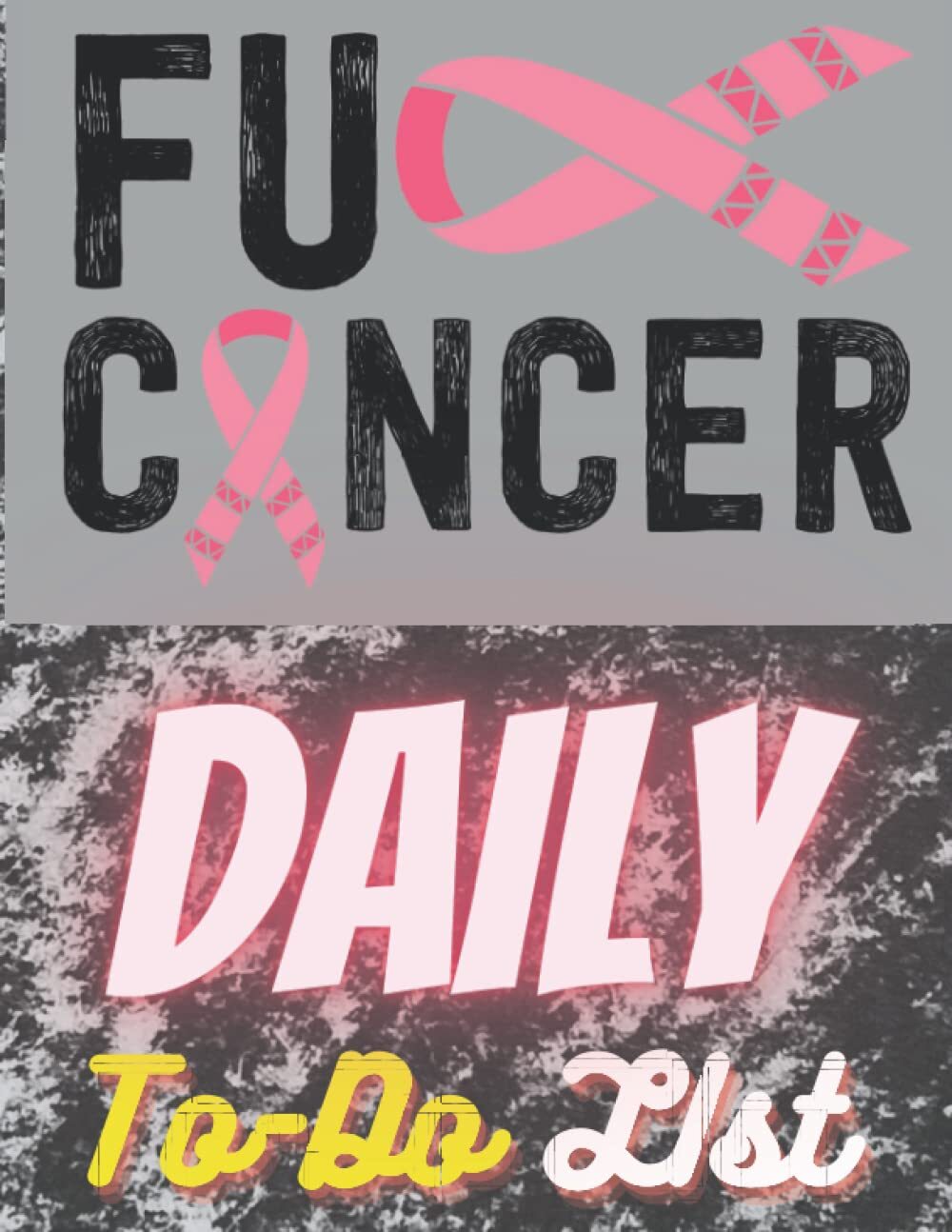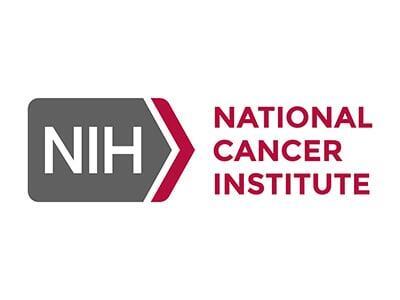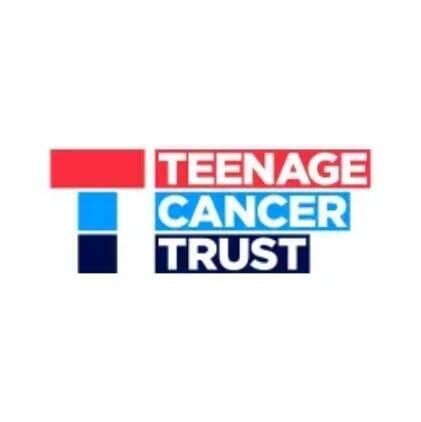Daily, Weekly, & Monthly Goals
Small, Actionable Steps to Support Cancer Recovery

Introduction
Daily, Weekly, & Monthly Goals are small, manageable tasks set to support cancer survivors in their recovery journey. These focused actions promote consistency, boost motivation, and address immediate needs across physical, emotional, and social aspects of survivorship.
What You Need To Know
How To Do It
Instructions:
1. Set Intentions:
- During Treatment: Choose simple tasks to maintain energy, like drinking 6 glasses of water or resting for 10 minutes.
- Early Recovery: Focus on rebuilding strength, e.g., taking a 5-minute walk or journaling feelings.
- Late Recovery: Aim for goals that enhance well-being, like preparing a healthy meal or connecting with a friend.
2. Keep It Simple:
- During Treatment: Prioritize minimal tasks, e.g., “Take medication on time” rather than complex routines.
- Early Recovery: Set modest goals, like “Do 3 minutes of deep breathing” to manage fatigue.
- Late Recovery: Gradually increase complexity, e.g., “Complete a 10-minute stretch routine.”
3. Prioritize Health:
- During Treatment: Focus on nutrition or rest, e.g., “Eat a small, balanced snack.”
- Early Recovery: Include gentle movement or mindfulness, like “Practice 5 minutes of meditation.”
- Late Recovery: Emphasize sustained wellness, e.g., “Track sleep to aim for 7 hours.”
4. Write It Down:
- During Treatment: List goals in a bedside notebook for easy access.
- Early Recovery: Use a simple app to track tasks as energy improves.
- Late Recovery: Document goals in a journal to reflect on progress.
5. Choose Your 'Most Important Project' for the Day:
- During Treatment: Focus on something that is easily achieveable but still significant to your identity, e.g. "Do a short Zoom meeting with your siblings." This will reinforce your role as a brother or sister and let them know that family relationships are a priority for you now.
- Early Recovery: Indentify an activity that's tangible to you where success 100% achieveable, e.g. "Walk around the block." Start stacking accomplishments.
- Late Recovery: You may be tempted to use you 'Most Important Project' to build a bridge to your past life but also look at this goal setting exercise as an opportunity to build a new better life for yourself, e.g. "Establish a new habit by riding a bike once a week."
6. Write Down Your 'Top 3 Goals for Day':
- During Treatment: These 3 daily goals should provide you more comfortable and give yourself some grace, e.g. "1. Call my cousin." "2. Watch a movie this afternoon." "3. Ask family members to figure out 'meal on wheels' during my next cycle."
- Early Recovery: Plan 3 simple tasks for your day where you may only complete 1 or 2 of them. Organize your day so you are able do your tasks when your energy level is at its highest. Push it a little by expanding your horizons but don't label incompletions as failures.
- Late Recovery: Lock in your 'Top 3 Goals of the Day' as part of your new job. These daily tasks may somewhat resemble your prior life but with an understanding that your cancer journey has changed you and your interests and priorities may have changed as a result.
7. Record Your 'Top Goal for Week':
- During Treatment: Choose an aspirational goal, such as "To be seen by the nurses as the best patient in the cancer clinic, even though the chemo makes me very irritable."
- Early Recovery: Focus on self-care. Example, "Don't fight myself and just go with the flow."
- Late Recovery: Look towards SMART goals that are measureable. "Walk a mile 3 days a week." or "Rewrite my resume."
8. Record Your 'Top Goal for Month':
- During Treatment: Be realistic about where you want to be by the end of the month. Example, "Complete my 3rd & 4th chemo cycle with missing any days."
- Early Recovery: Don't reach here. Progress can be slower than expected or you might experience setbacks. So, observational goals can be quite helpful, such as, "To write daily entries about the side effects that are giving the most problems. So, I can give my doctors accurate details about my current conditions."
- Late Recovery: Look at your Strategic goals and SMART goals. Create a monthly goal that may be within your reach but still poses a challenge to achieve. Examples, "Get back on my bike for the first time after treatment." or "Return to work."
7. Track Completion:
- During Treatment: Check off your daily, weekly, & monthly goals to feel accomplished despite low energy. Even a partial completion should be acknowleged.
- Early Recovery: Monitor progress to build confidence in small wins.
- Late Recovery: Review tasks and goals on a daily basis to maintain consistency and focus.
8. Reflect and Adjust:
- During Treatment: Adapt goals daily based on treatment side effects.
- Early Recovery: Tweak tasks and goals weekly to align with improving health.
- Late Recovery: Reassess goals monthly to support long-term habits and to reinforce the mental push to keep moving forward.
9. Stay Flexible:
- During Treatment: Adjust tasks and goals if nausea or fatigue occurs, e.g., skip movement goals.
- Early Recovery: Modify goals based on energy fluctuations.
- Late Recovery: Adapt to new life demands, like work or social activities.
10. Seek Support:
- During Treatment: Share goals with a nurse, caregiver, and family member for encouragement.
- Early Recovery: Connect with a support group to discuss your daily progress and inevitable setbacks. Recovery is rarely a straight line.
- Late Recovery: Engage family or friends for accountability in lifestyle goals. Experiencing personal growth, as a result of cancer treatment and recovery, is typically seen as an unexpected blessing by loved ones. Sharing these personal insights enriches everyone.
Helpful Tips:
- Limit goals: Stick to 1–3 daily tasks to avoid overwhelm.
- Be kind: Adjust goals if fatigue or treatment side effects arise.
- Celebrate wins: Acknowledge completed tasks to boost morale.
- Use reminders: Set phone alerts for tasks like taking medication.
- Align with recovery: Focus on goals that support health or joy.
- Pair with routines: Link goals to daily habits, like drinking water with meals.
- Combine with other tools: Integrate with SMART or strategic goals for coherence.
- Keep a journal: Track daily progress to notice patterns.
- Stay consistent: Small steps build long-term habits.
Related Topics:
Strongly Related
Reduce Stress:
[Links to related web pages]
[Links to related web pages]
Issue C:
[Links to related web pages][Links to related web pages]
Moderately Related
Issue B:
[Links to related web pages]
[Links to related web pages]












